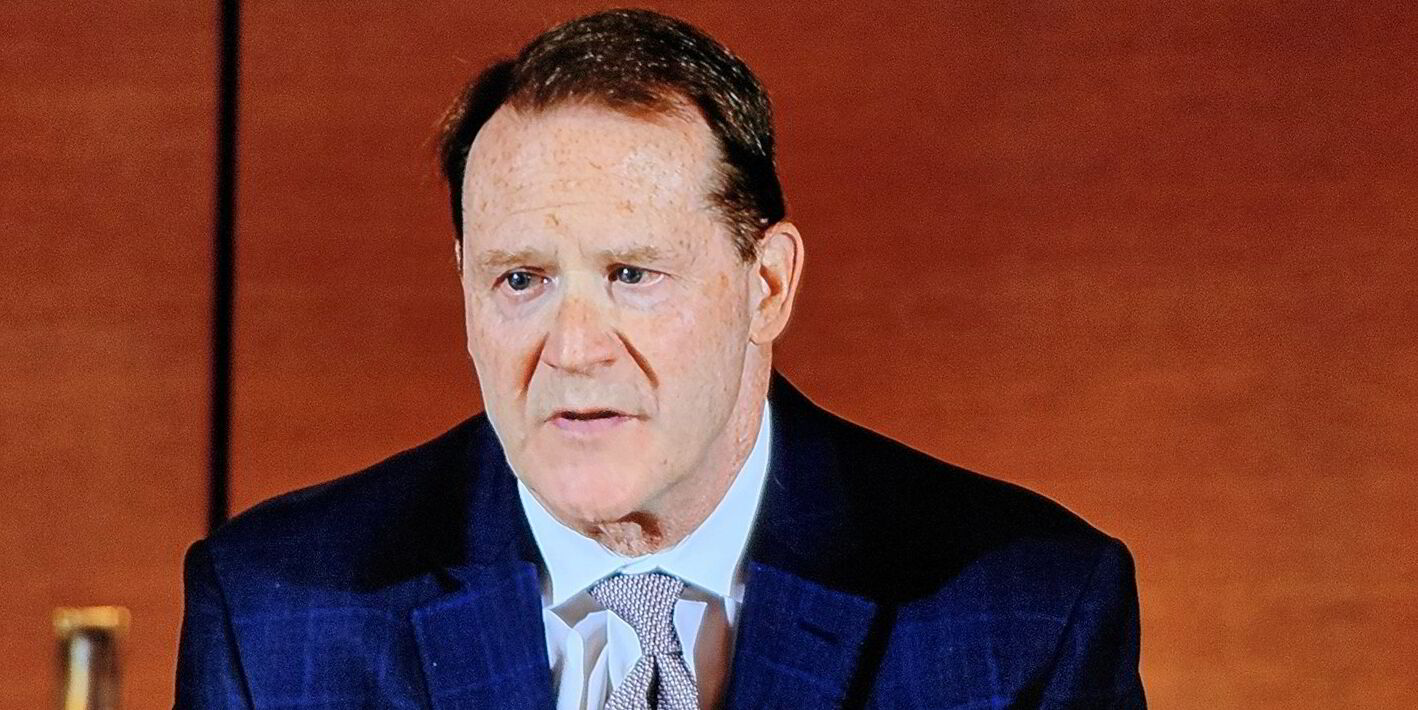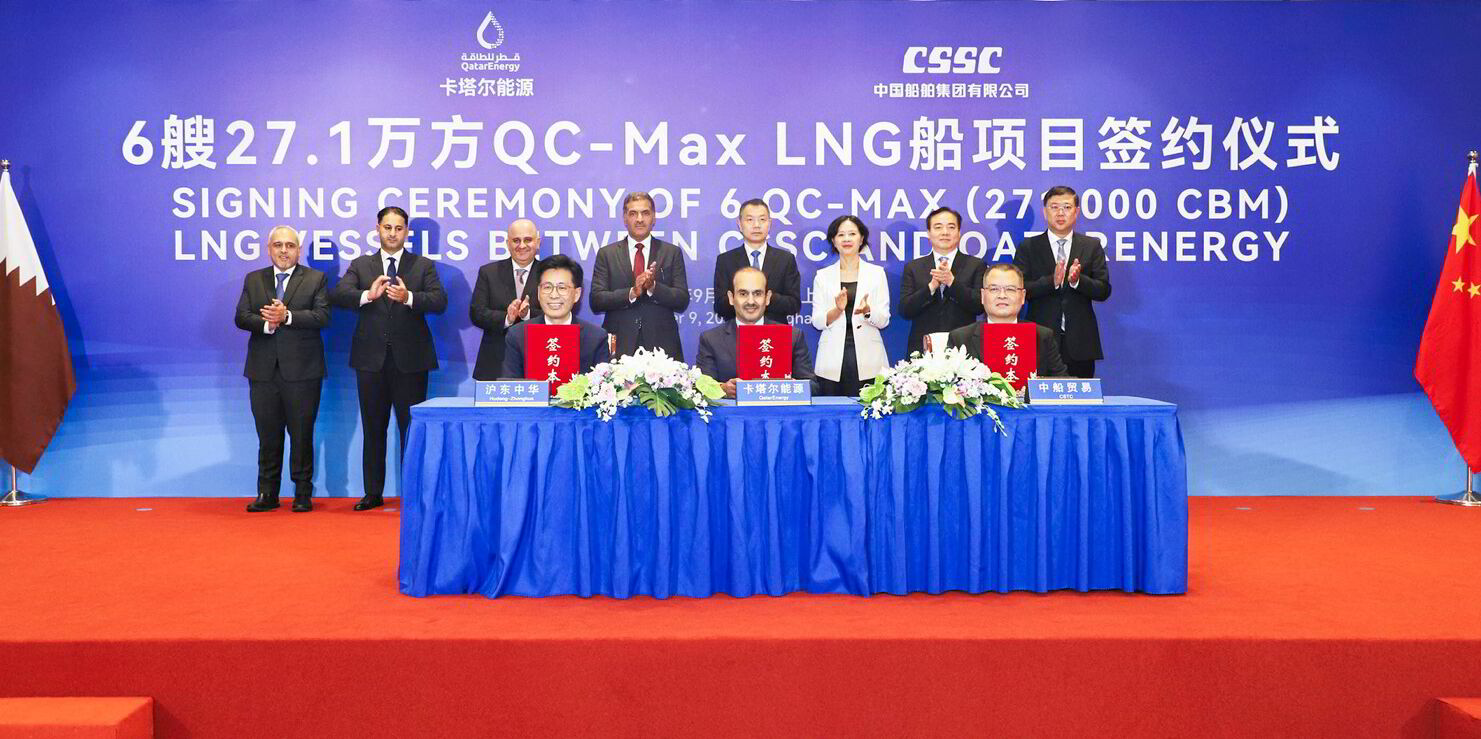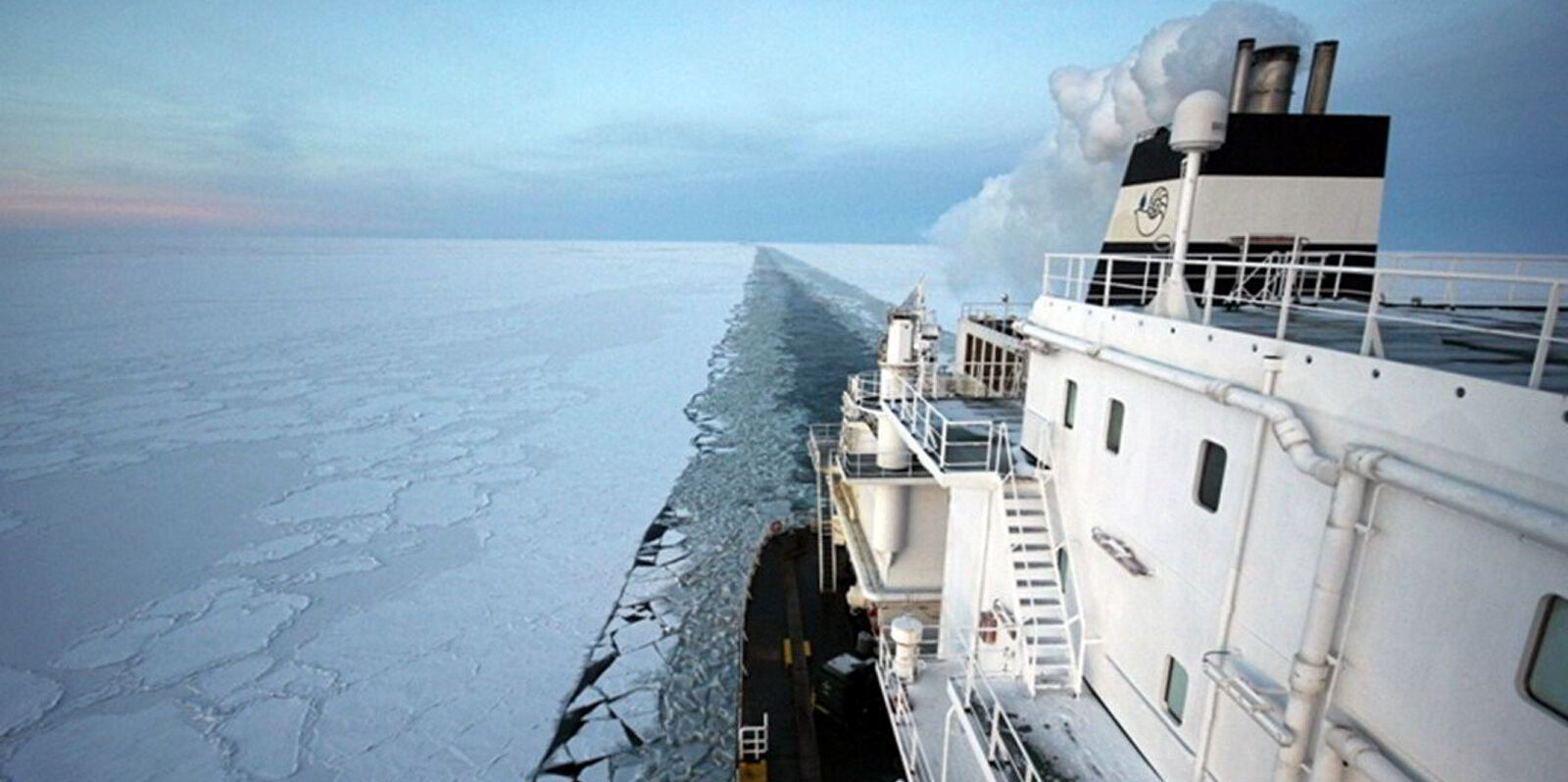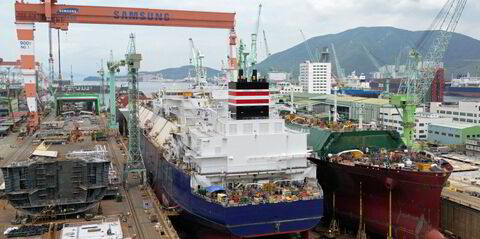LNG carrier capacity is likely to nudge higher as a natural function of a maturing shipping sector, Energos Infrastructure says.
Chief executive Arthur Regan told the Capital Link Shipping & Marine Services Forum in London today that it is natural that economy of scale trial and error is pursued in the LNG carrier sector as it develops.
He acknowledged that commodity markets like to see a “sweet spot” with a tradable, dependable volume that grows the market and that the distribution systems organise themselves around.
Regan — whose company is focused on floating regasification infrastructure — said the size growth will continue where expansion is tried, with quite a few vessels already in the region of 200,000 cbm.
He said a 260,000-cbm vessel is a “very big volume to swallow”, but thinks the industry is circling in the 180,000-cbm to 220,000-cbm range, which is where the growth comes, as that is what the market can absorb.
But Cool Co chief executive Richard Tyrrell said many new markets cannot take such large ships and do not need so much LNG.
If anything, he said, the trends are not going to be around the unit freight cost but about how to make ships more efficient and slow steaming.
In a session moderated by Lloyd’s Register global gas segment director Panos Mitrou, panellists were asked about the coming wave of LNG.
Hoegh LNG Holdings chief executive Erik Nyheim said LNG supply will expand by more than 40% in the next five years and beyond 65% in 10 years.
Regan said: “To us, it feels like the LNG market has finally arrived. The world has been awakened to the value of LNG, not only as a low-cost energy source but as a more environmentally friendly substitute for fossil fuels.
“It is the transition fuel of the future for at least decades from now.”
GasLog chief financial officer Achilleas Tasioulas identified several wildcards for the sector but said it is a “very exciting industry” at present.
He said GasLog has been cautious on ordering LNG newbuildings. He said significant capital expenditure will be needed for new vessels, and with high interest rates, they will carry this debt for a long time.
Panellists do not believe shipyard prices for newbuildings will fall soon.
Nyheim highlighted the high cost base — specifically labour and steel in South Korea: “I really don’t foresee vessel prices coming down significantly.”
Tyrrell said newbuilding prices are not coming down much, and, combined with the cost of financing, “pretty high rates” are needed to support this. The good news is that the customers shipping LNG are making good money and those rates are relatively low compared with the margin on the molecules.
Tyrrell said the older steam turbine vessels in the fleet are acting as a buffer.
While the current charter market is flat, it is not declining, as the steamers are in effect being idled. But he said that when the market returns, it will be too expensive to ready them again for trading and they will eventually start to leave the fleet.
Nyheim said the supply of newbuildings is not perfectly in sync with the incoming new LNG supply, with ships delivering in advance of this. He expects rates will most likely be flat this year and into next, but will start rising later in 2025.







